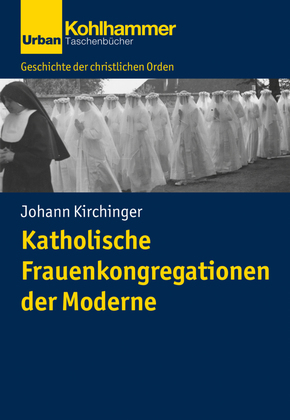| Verlag | Kohlhammer |
| Auflage | 2022 |
| Seiten | 214 |
| Format | 14,0 x 0,9 x 20,5 cm |
| Gewicht | 292 g |
| Reihe | Geschichte der Christlichen Orden |
| ISBN-10 | 3170420356 |
| ISBN-13 | 9783170420359 |
| Bestell-Nr | 17042035A |
Frauenkongregationen gehören zu den prägenden Phänomenen des Katholizismus in der Moderne. Es handelt sich bei ihnen um eine Form gemeinsamen Lebens, das den Mitgliedern im Unterschied zu den kontemplativen Orden caritative und pädagogische Tätigkeiten ermöglicht. Frauenkongregationen wirkten emanzipativ, indem sie die Professionalisierung ihrer Tätigkeiten forcierten. Zugleich führte diese jedoch zur Feminisierung dieser Tätigkeiten, deren eine Folge eine niedrige Entlohnung war.Johann Kirchinger führt diese Entwicklungen einleuchtend auf eine quantitative Expansion zurück, die nur vor dem Hintergrund einer vor allem zwischen 1850 und 1950 herrschenden starken kulturellen, ökonomischen und religiösen Kluft zwischen Stadt (als Einsatzort) und Land (als Rekrutierungsbasis) verständlich wird.

